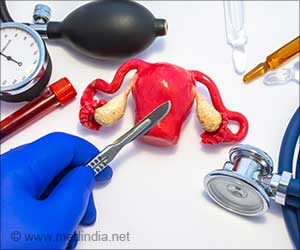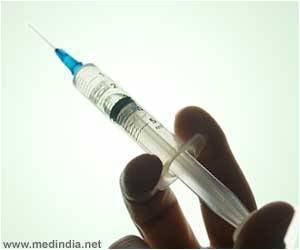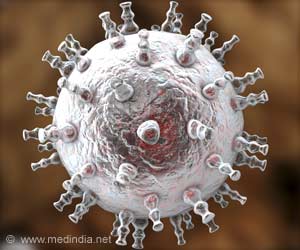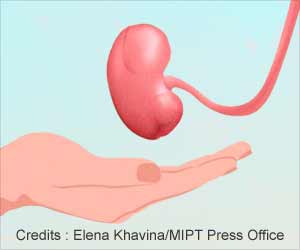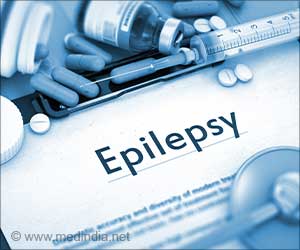Indian-origin researcher leads a team at Texas A&M to create a tool for tailored pharmaceutical testing.
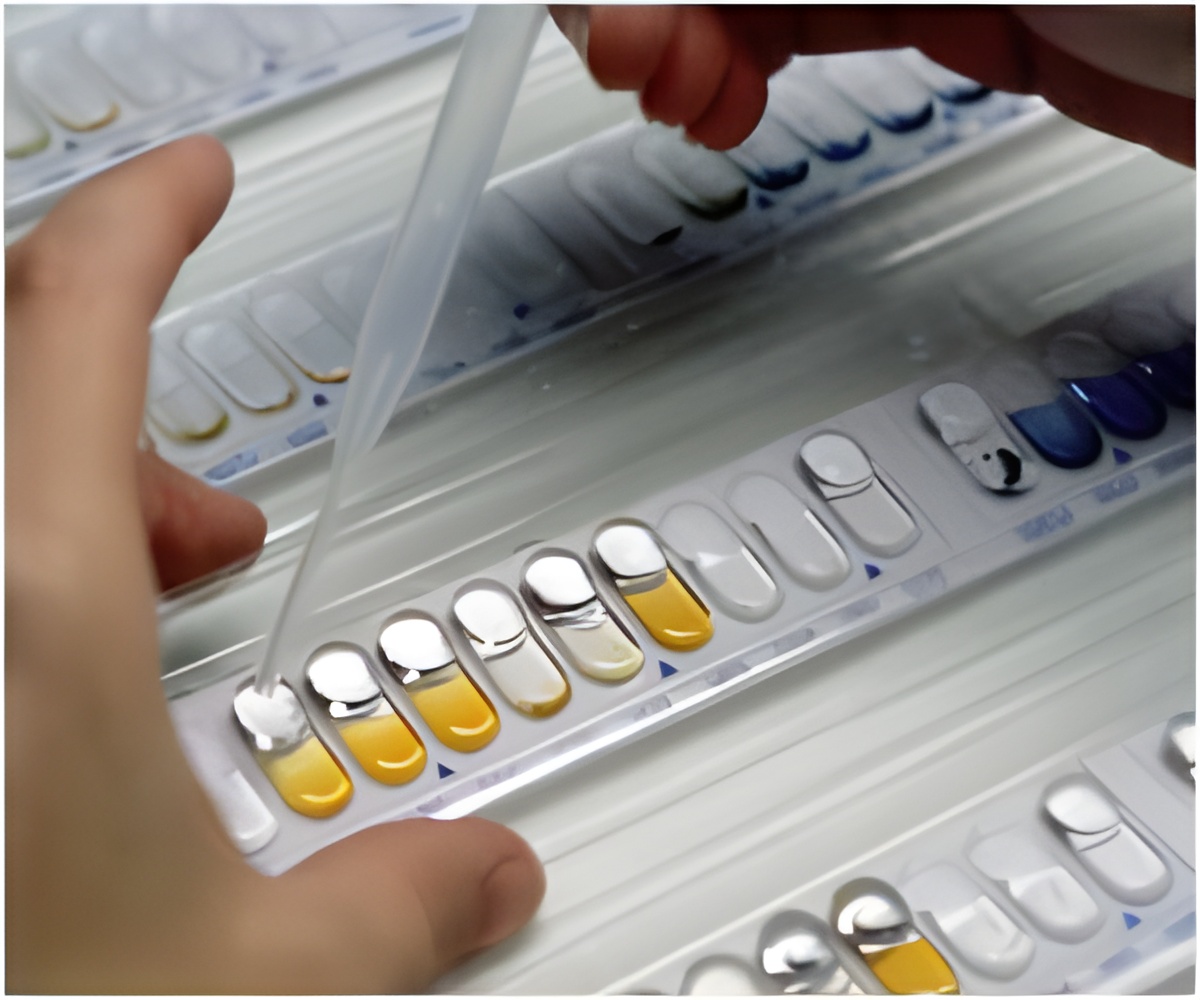
AngioMT: A MATLAB based 2D image-to-physics tool to predict oxygen transport in vascularized microphysiological systems
Go to source). Jain’s lab, which also has Dr Tanmay Mathur on the team, received a grant from Texas A&M Innovation to continue developing an advanced vessel-chip deployment platform for large-scale pharmaceutical testing.
‘Did You Know?
Only about 12% of drugs that enter clinical trials ever make it to market approval. #vesselchip #personalizedtechnology #drugtesting’





Only about 12% of drugs that enter clinical trials ever make it to market approval. #vesselchip #personalizedtechnology #drugtesting’
Revolutionizing Drug Testing
According to him, this system can be used from discovery to the translational pipeline, where you can immediately initiate informed clinical trials of venous, vascular, and hematological diseases and know what the outcome on an actual human might be.“You can fine-tune your clinical trials or reduce the length of the clinical trials and make them much more efficient,” he said in a university statement.
Jain and his lab have focused on creating blood and lymphatic vessel chips. These tissue-engineered microfluidic devices mimic human circulatory systems and provide a platform for preclinical drug discovery.
His work has culminated in founding a startup company with his current and past trainees.
According to researchers, the Texas A&M Innovation Translational Investment Fund (TIF) grant will help build customer confidence by ensuring the vessel chips are reliable, reproducible, and automated for ease of use.
Advertisement
Reference:
- AngioMT: A MATLAB based 2D image-to-physics tool to predict oxygen transport in vascularized microphysiological systems - (https://journals.plos.org/plosone/article?id=10.1371/journal.pone.0299160)
Source-IANS

